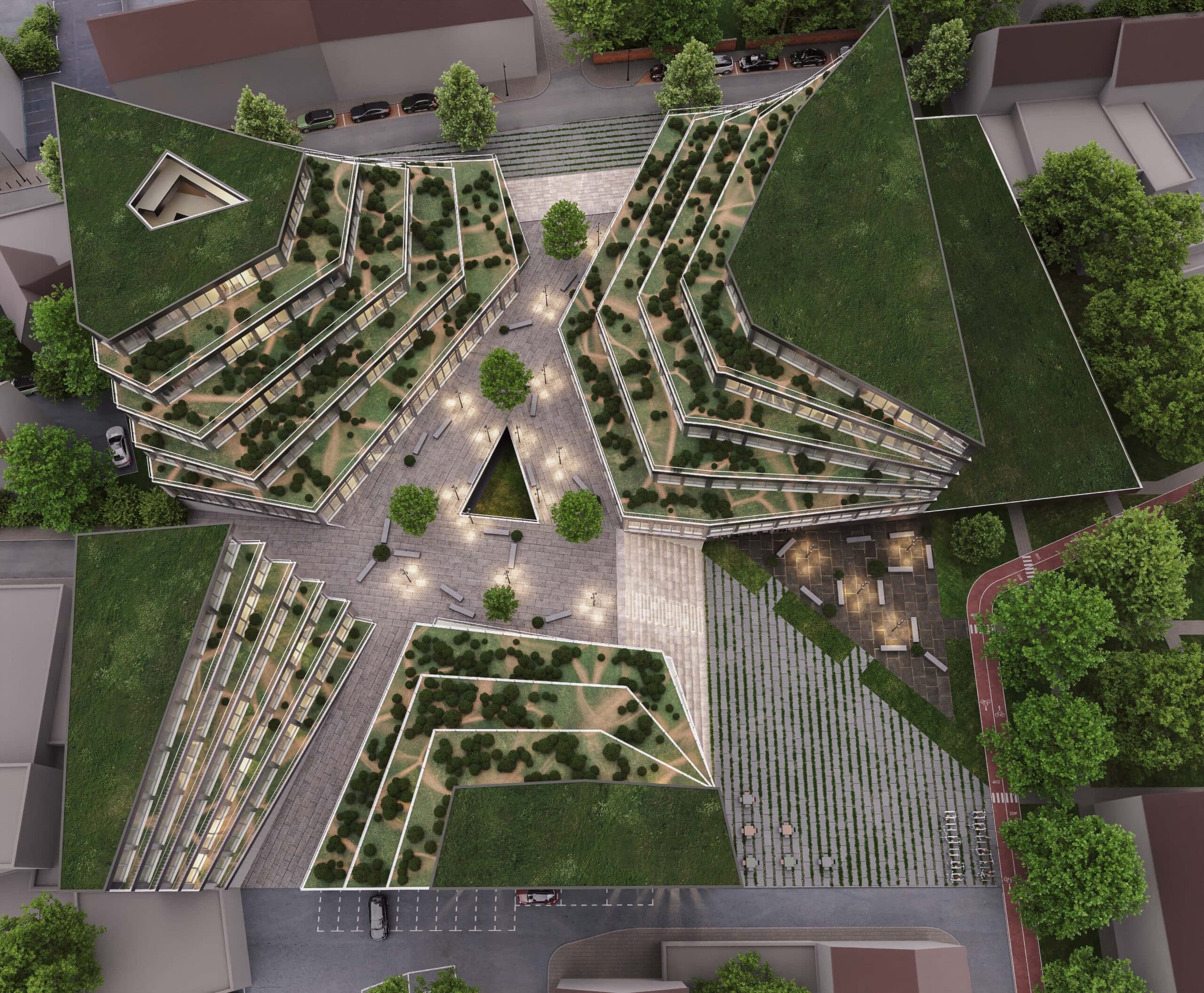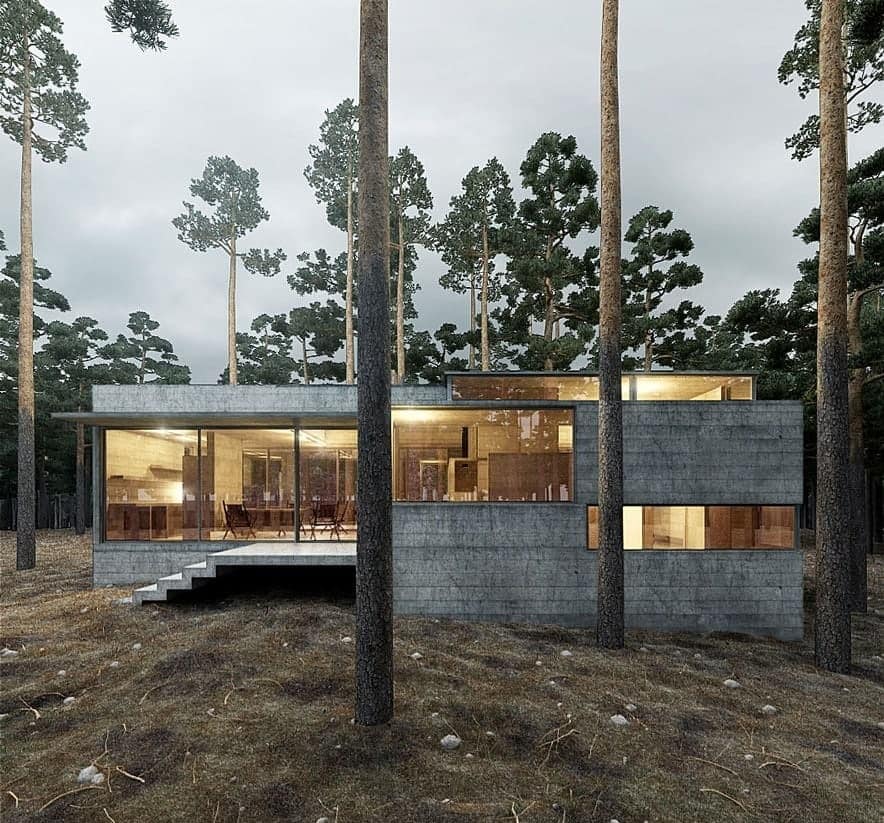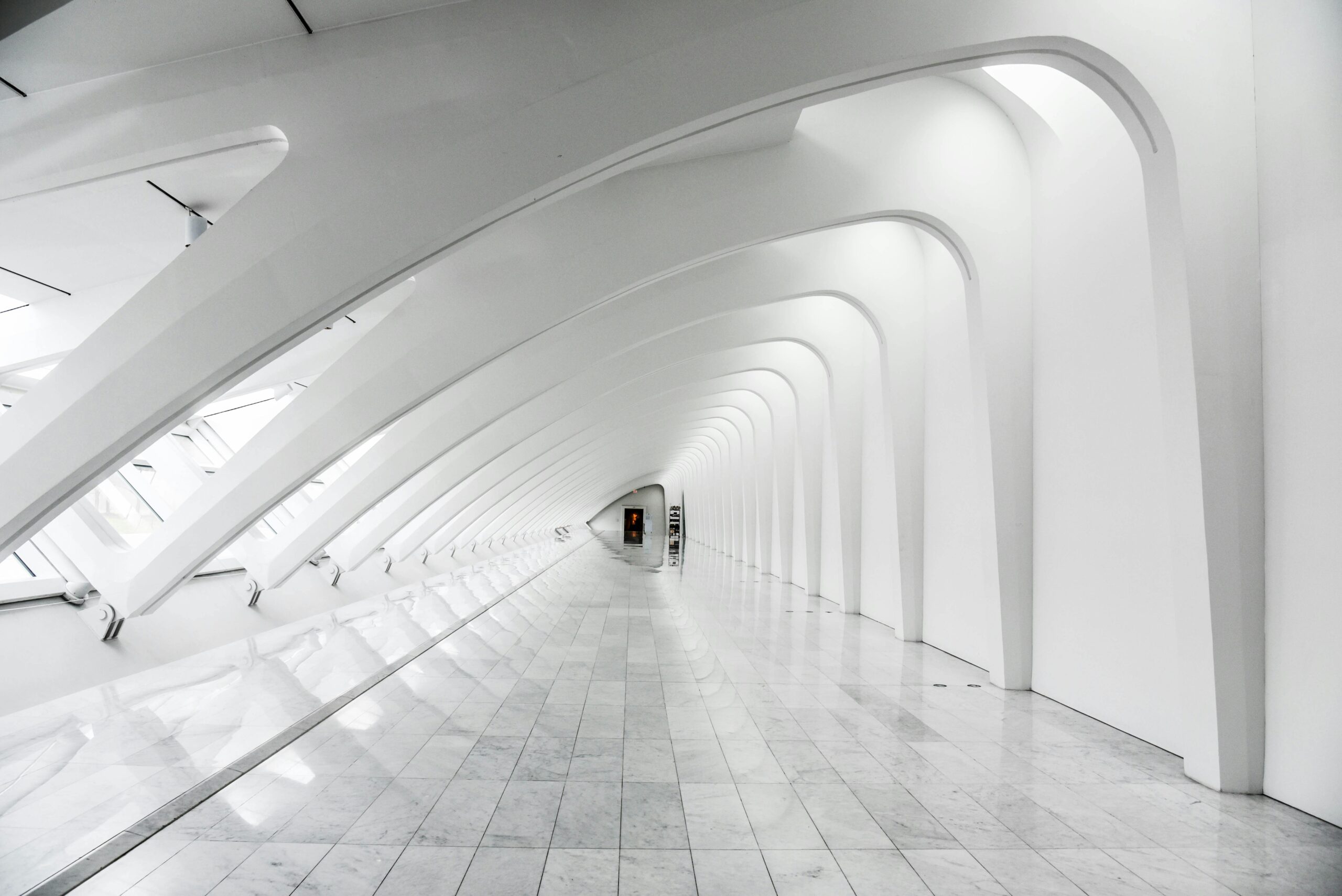In the increasingly digital world of architecture, competitions play a pivotal role in showcasing an architect’s skills and creativity. Architectural competitions is bread and salt for every architectural office as it give a great chance for the companies to show their unique style, creativiness, skills and imagination. 3D Renderings in Architectural Competitions.
The competition landscape has evolved significantly in recent years, with many events now taking place primarily online when different companies can simply upload their ideas in digital format and no need to bring pile of drawings or paper models.
Architects are no longer limited by geographical constraints and can participate in global competitions, thanks to the internet. There are a lot of companies from Europe who compete in different projects in China or USA and vica versa.
Among the many tools architects use to stand out in these online competitions, 3D renderings have emerged as a game-changer. In this article, we’ll explore how 3D renderings have transformed the architectural competition arena and examine their role in securing victories.
The Digital Renaissance in Architectural Competitions

Before delving into the role of 3D renderings, let’s take a moment to understand how architectural competitions have evolved in the digital age. Traditional competitions involved submitting physical drawings, models, and documentation, often restricted by shipping costs and logistical hurdles. However, the internet has revolutionized this process.
- Global Reach: Online competitions eliminate geographical boundaries, allowing architects from around the world to participate without the constraints of distance. This global reach encourages diversity and fosters innovation. This is why we now have cities with so much different great designs, because now a company from Italy can design a new skyscraper in New York or train station in Sweden.
- Cost-Efficiency: Digital submissions significantly reduce costs associated with printing, shipping, and handling physical materials. Architects can now allocate more resources to design and presentation.
- Efficiency and Speed: Online platforms streamline the submission process, reducing the time and effort required to enter competitions. This efficiency benefits both architects and competition organizers.
The Power of 3D Renderings

Now, let’s dive into the role of 3D renderings in this digital transformation:
1. Visualization of Design Concepts
One of the primary advantages of 3D renderings is their ability to vividly portray design concepts. Unlike 2D drawings or written descriptions, 3D renderings provide a clear and immersive view of the architect’s vision. You can create ultra realistic images to show not only your design, but how it will look in the existing surroundings; how it will affect the streets, squares, people traffic, etc. Judges, clients, and the public can instantly grasp the proposed design, its spatial relationships, and aesthetic qualities.
2. Realism and Detail
3D renderings enable architects to present designs with an unprecedented level of realism. High-quality rendering software allows for the incorporation of intricate details, realistic lighting, textures, and materials. This attention to detail not only enhances the visual appeal but also communicates the architect’s commitment to excellence.
3. Improved Communication
Effective communication is critical in architectural competitions, where architects must convey complex ideas to a diverse audience. 3D renderings bridge the gap between technical jargon and layman’s understanding. Judges and stakeholders can easily grasp design elements, leading to more informed decisions.
4. Evolving Presentation Styles
Architectural competitions increasingly demand dynamic and engaging presentations. Static drawings and plans are no longer sufficient. Judges and viewers expect interactive, immersive experiences. 3D renderings empower architects to create animated walkthroughs, virtual reality experiences, and interactive 3D models. These innovative presentations captivate the audience and leave a lasting impression.
5. Highlighting Sustainability
Sustainability is a key consideration in modern architecture. 3D renderings can effectively showcase sustainable design features. For instance, architects can use renderings to demonstrate how natural light and ventilation will be optimized, how rainwater harvesting systems will work, or how green roofs will be integrated into the design. This visual storytelling enhances the project’s sustainability narrative.
6. Iterative Design
Online competitions often involve multiple rounds of submissions and feedback. 3D renderings facilitate the iterative design process. Architects can quickly incorporate changes and improvements into their digital models, responding to feedback in real-time.
7. Competitive Edge
In the fiercely competitive world of architectural competitions, a well-crafted 3D rendering can be a game-changer. It not only distinguishes a submission but also showcases the architect’s proficiency in cutting-edge technology. Judges often recognize the dedication and effort required to produce compelling 3D renderings. In the competition you do not only have to present 3D renderings, but you have to present the best possible and realistic 3D renderings which can ‘speak’ to the audience via images. This is how you get the attention of the people who decide who is the winner.
Conclusion: 3D Renderings in Architectural Competitions
As the architectural competition landscape continues to evolve in the digital age, 3D renderings have become indispensable tools for architects aiming to secure victories. These renderings offer unparalleled advantages, enabling architects to visualize design concepts, enhance communication, showcase realism and detail, and adapt to evolving presentation styles. Successful architects harness the power of 3D renderings not only to win competitions but also to shape the future of architectural design in an increasingly interconnected world.







